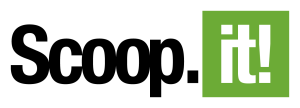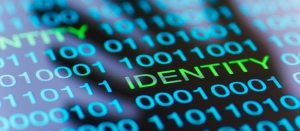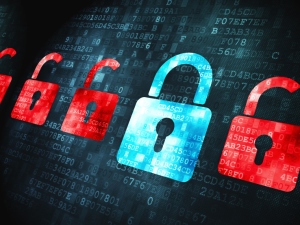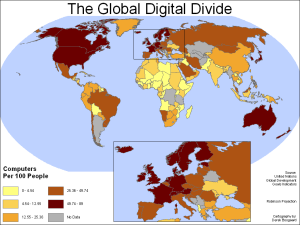What is a digital world?
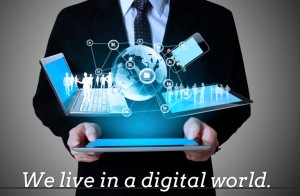
In the 21st century we have to adapt to the educational challenges that the evolution of technology and digital learning provide. The increasingly digital transformation of our world provides us with a unique challenge, one that requires us to use and utilise our digital resources but still being able to recognise the danger of living in a digital world.
Gone are the days where our lives revolved around our home town, thanks to advances in technology we are now more connected than ever with the rest of the world, a digital world. The digital world is a world where the best possible use is made of technologies. With the growth of home broadband we see voice over IP, skype etc, streaming services such as Netflix and twitch.tv and locational services such as GPS become more ingrained and more important in our lives (Living the Digital World, 2007).
The digital world also affects learning and education. In today’s classrooms children can get bored very quickly when faced with education that offers little to no technological involvement because it differs so much from their idea that technology is the basis of their life (Prensky, 2008). In countries such as Korea, where students live in a digital culture, the use of technology provides an effective method of communicating with students (Stewart, 2010). With 4 in 5 Australians having access to broadband internet there are more people than ever having access to digital resources be it by computer, tablet or phone (Bentley, 2014).
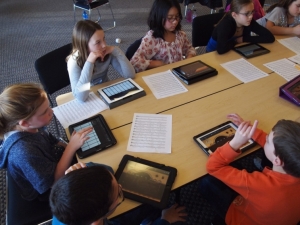
The digital world is our world. There needs no explanation why, a staggering 2,925,249,355 people have internet access in 2014, that’s 40% of the world population (Internet Users, 2015). As this figure continues to grow we must adapt to an ever changing digital landscape.
References
Bentley, P. (2014, July 3). Lack of affordable broadband creating digital divide. Retrieved from ABC: http://www.abc.net.au/news/2014-07-02/bridging-the-digital-divide/5566644
Internet Users. (2015, May 3). Retrieved from Internet Live Stats: http://www.internetlivestats.com/internet-users/
Living the Digital World. (2007, August 20). Retrieved from ITU: http://www.itu.int/newsroom/features/digital_world.html
Prensky, M. (2008, May 22). The 21st-Century Digital Learner. Retrieved from Edutopia: http://www.edutopia.org/ikid-digital-learner-technology-2008
Stewart, V. (2010). Education Goes Digital and Global. Phi Delta Kappan, 99-100.
